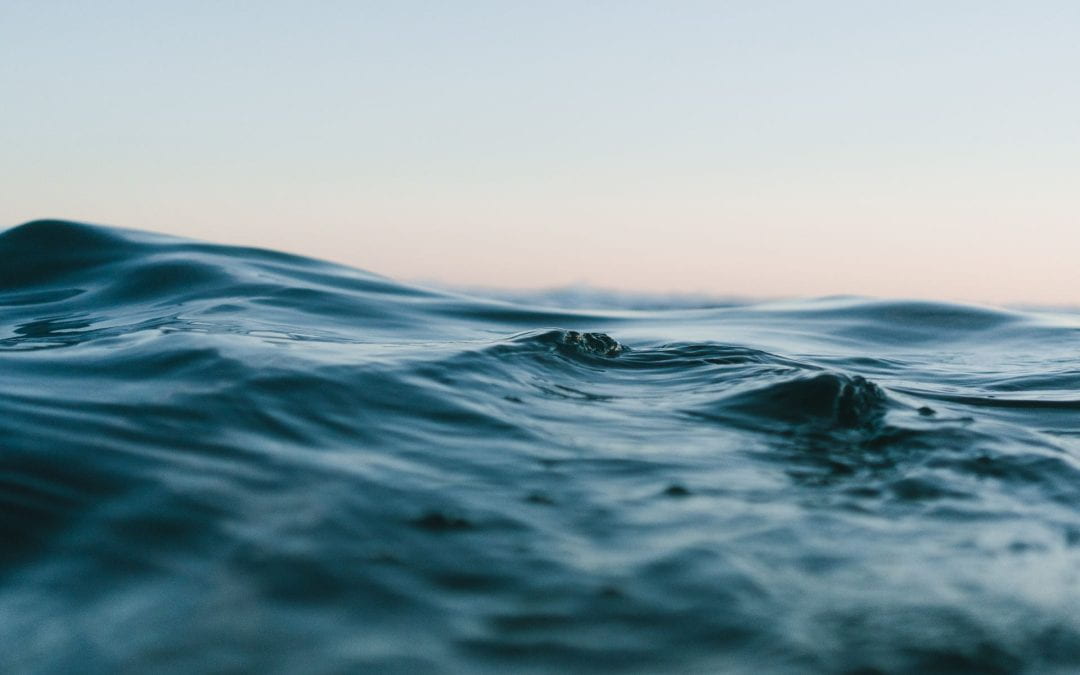Rebecca J McLeod, University of Otago and Cliff Law, University of Otago
Photo by Matt Hardy on Unsplash
Climate change might not be high on its immediate agenda, but New Zealand’s new government does have one potentially significant and innovative policy.
Recognising the marine environment’s ability to remove atmospheric carbon dioxide (CO₂), it has pledged to consider bringing wetlands into the emissions trading scheme, and to investigate the potential of kelp farms to sequester CO₂.
New Zealand’s current sequestration plans rely heavily on planting forests and buying international carbon credits to offset emissions.
Emissions reduction and the removal of atmospheric CO₂ are both needed to keep global temperature increase to less than 1.5°C. But the country is still far from on track to meet its obligations under the Paris Agreement, and the national goal of net zero by 2050.
At the same time, New Zealand has the world’s sixth largest exclusive economic zone, with unique oceanographic features for CO₂ removal that are attracting international interest. The ocean is Earth’s largest carbon sink, having removed around 30% of global CO₂ emissions to date.
New Zealand also has the scientific expertise to research the potential for harnessing its seas to help achieve national net zero ambitions. But it lacks a clear strategy for assessing risk and developing the most beneficial solutions.
Benefits and risks of marine CO₂ removal
Around the world, projects are under way to restore coastal wetlands by “re-wetting” drained land and planting mangroves, seagrass and other coastal plants. These “blue carbon” projects aim to restore the carbon burial properties of wetlands, with related benefits for biodiversity and coastal resilience.
A growing number of countries are including coastal wetlands in their climate accounting and reporting. Increasingly, these projects are tied to carbon credit schemes – which seems to be what New Zealand’s new government is also signalling.
But the ways in which the nation’s marine environment could help lower atmospheric CO₂ extend far beyond coastal wetlands. There is great interest in enhancing natural oceanic processes, known as “marine carbon dioxide removal”, or mCDR.
In the open ocean, mCDR aims to increase CO₂ uptake via giant seaweed farms, enhancing seawater alkalinity, and fertilising areas of the ocean to promote algal blooms.
The appeal of mCDR lies in the ocean’s potential capacity to draw down enormous amounts of carbon. But while the potential gains are large, there are gaps in our knowledge. More investment is needed to determine the net carbon benefits – and potential ecological risks – of intervening in nature in these ways.
Carbon burial at sea
Plants in the sea – mangroves, seaweed, and microscopic phytoplankton – capture CO₂ through photosynthesis, just like their counterparts on land. But permanently removing that carbon from the atmosphere means burying it in the deep sea or the seafloor.
This presents challenges. It is relatively easy to measure the carbon uptake by a seaweed farm, for example, but much harder to track the path of that carbon into a permanent reservoir.
Similarly, we need more accurate accounting for increased CO₂ uptake from ocean fertilisation or alkalinity enhancement, and the ultimate fate of that carbon in the vast and remote ocean environment. This will be crucial for ensuring the integrity and credibility of such approaches.
A recent seafloor carbon map has highlighted the parts of New Zealand’s marine environment, such as the deep ocean and fiords, that are important carbon reservoirs.
But we also need to consider the vulnerability of these reservoirs. If disturbed, they may store less carbon, or even release it.
Lessons and opportunities
There are already well-established projects focused on the blue carbon potential of coastal wetlands in New Zealand. But overall the country lacks a clear plan for marine carbon removal, or indeed for its oceans in general.
A comprehensive approach to evaluating marine CO₂ removal has to be informed by scientific research. And while major funding of research and development is happening elsewhere, New Zealand’s limited resources mean it must be strategic about where it invests.
The many blue carbon and mCDR solutions being considered internationally are a good place to start. Applying this knowledge to New Zealand’s unique environmental and cultural settings will involve weighing up each solution before committing to a strategy.
Importantly, international climate policy and governance needs to be developed in parallel with scientific advances. Right now, coastal wetlands are the only marine environment included in the International Panel for Climate Change guidelines for greenhouse gas inventories. More work will be needed to apply those guidelines to New Zealand’s coastal wetlands.
There are good working models already in the blue carbon forums established in Scotland and the United Kingdom. These distil scientific information, develop strategies and plans, and act as conduits between scientists, policy makers and politicians.
A similar approach in New Zealand would help advance a nationally coordinated framework of research, policy and environmental management that strategically considers all blue carbon and mCDR options.
Such a strategy will consider the net carbon benefit versus the risks and possible ecological side effects, particularly for mCDR.
But the country is well positioned to explore how the ocean might contribute to its climate goals. The scientists are ready, the government has pledged action – it’s time to get moving.![]()
Rebecca J McLeod, Senior Research Fellow in Marine Ecology, University of Otago and Cliff Law, Principal Scientist, National Institute for Water and Atmospheric Research (NIWA), University of Otago
This article is republished from The Conversation under a Creative Commons license. Read the original article.

